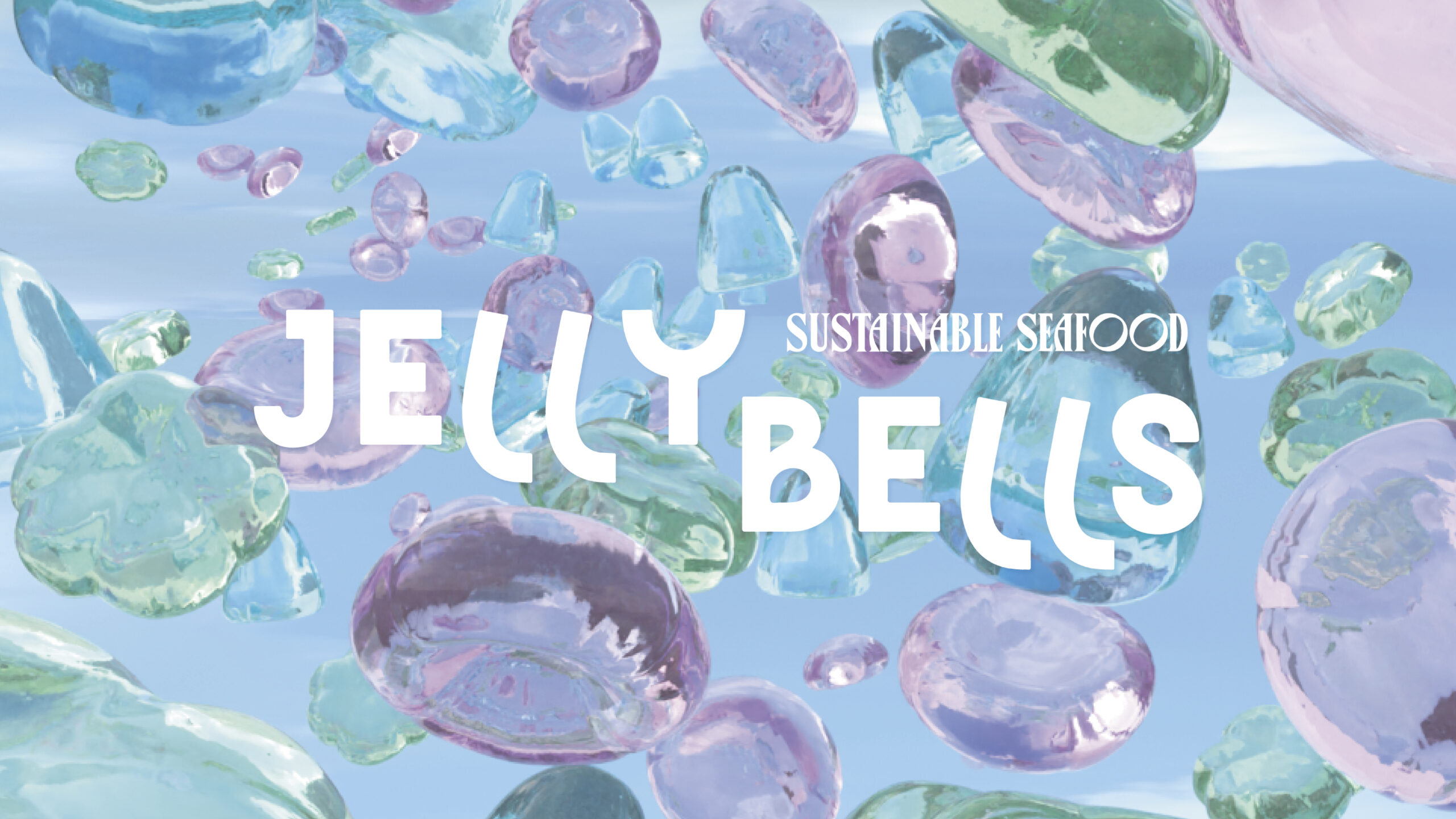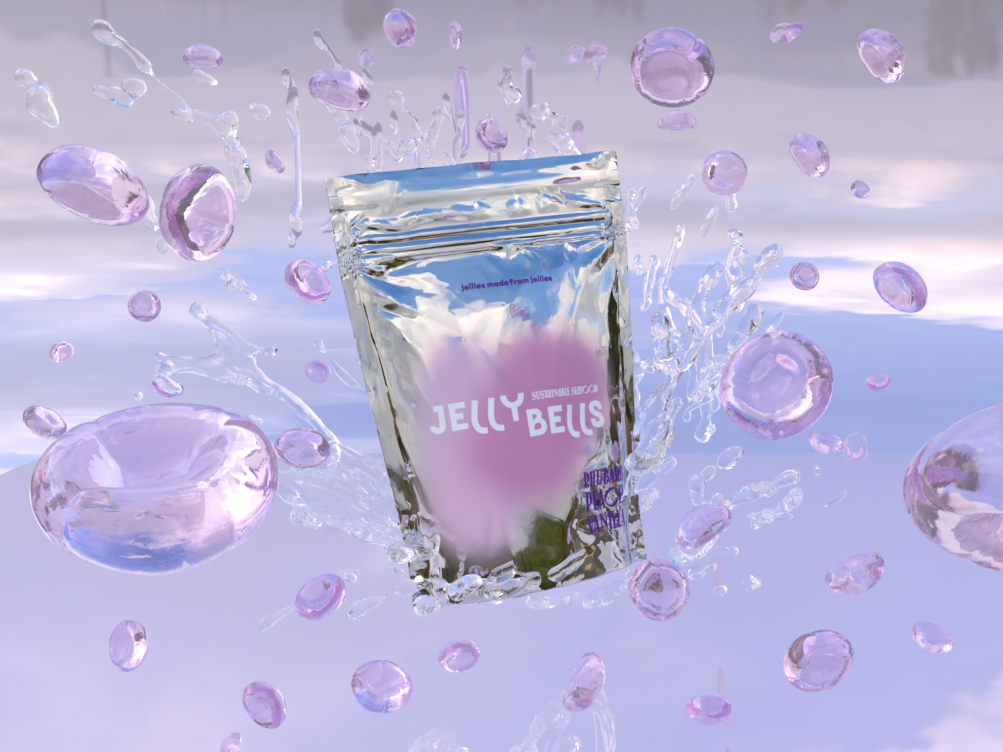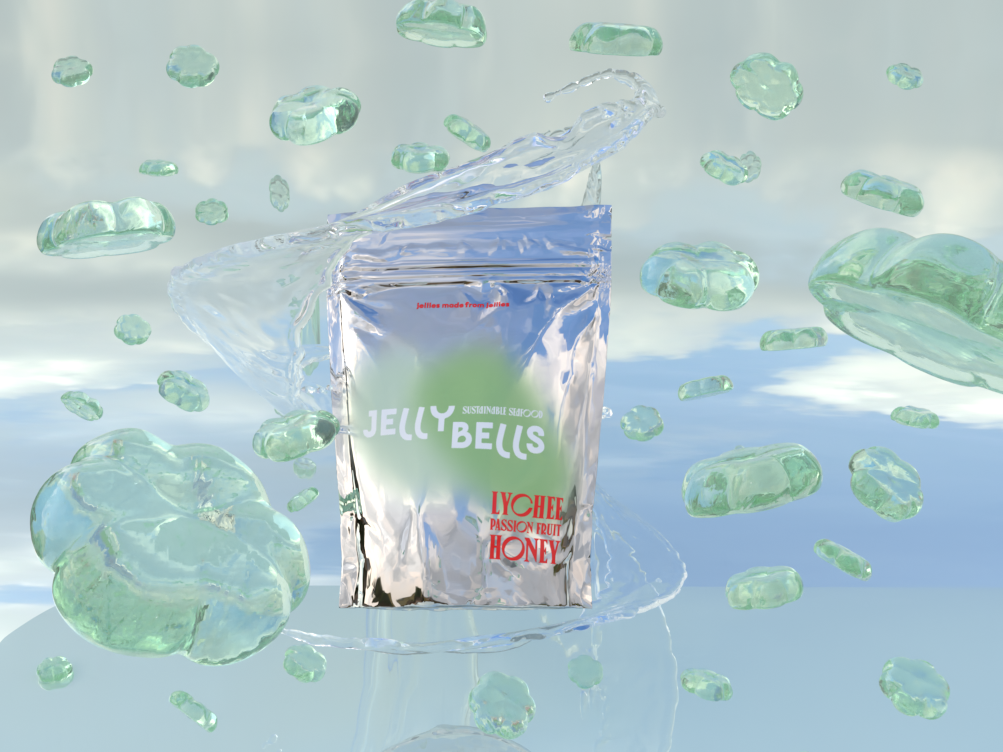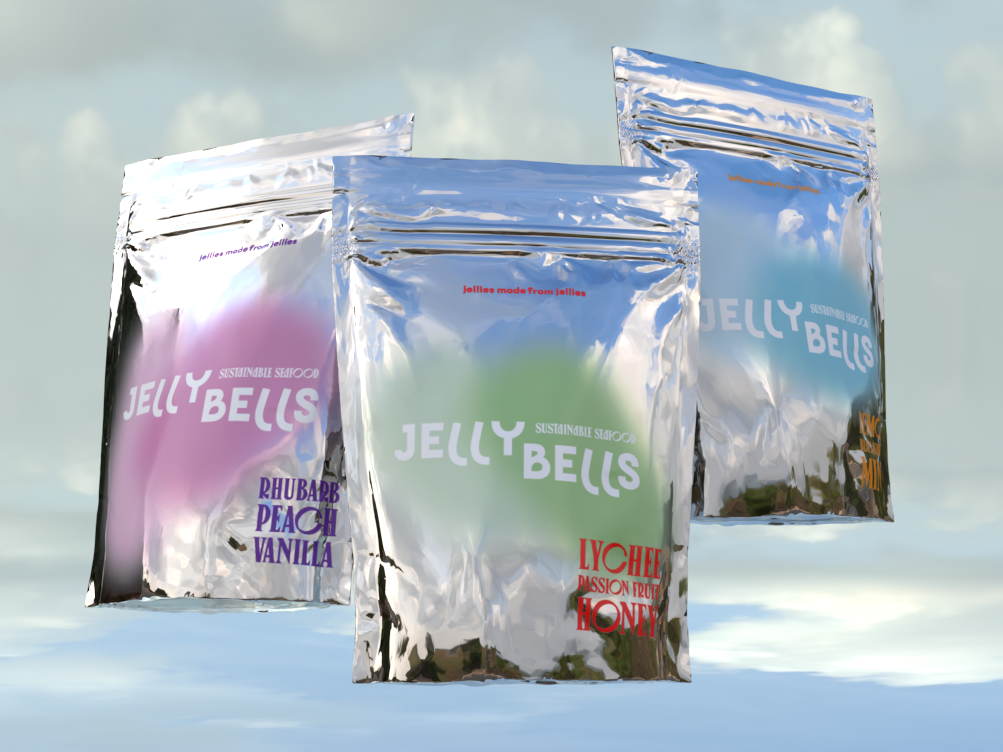..••°° Jelly Bells ..•°°•
..••°° Jelly Bells ..•°

THE JELLY FISH APOCALYPSE
THE JELLY FISH APOCALYPSE
The boom of jellyfish in the oceans can be quite calming and mesmerizing to look at. But don’t be fooled. They’re a threat to biodiversity and their numbers continue to boom because of global warming. The large number of jellyfish slow down sustainable power production by clogging the water lines for cooling systems. Overfishing is also one of the things that gives jellyfish the best circumstances to fill up the oceans because overfishing means in less natural enemies like the bluefin tuna. And to make bad things worse, jellyfish live of fish eggs so a lot of the animals who eat jellyfish are either caught by humans or eaten by jellyfish when they’re still eggs.
The boom of jellyfish in the oceans can be quite calming and mesmerizing to look at.
But don’t be fooled. They’re a threat to biodiversity and their numbers continue to boom because of global warming. The large number of jellyfish slow down sustainable power production by clogging the water lines for cooling systems. Overfishing is also one of the things that gives jellyfish the best circumstances to fill up the oceans. First of all because overfishing results in less natural enemies like the bluefin tuna. And to make bad things worse, jellyfish live of fish eggs so a lot of the animals who eat jellyfish are either caught by humans or eaten by jellyfish when they’re still eggs.
CONCIOUS CANDY
CONCIOUS CANDY
So what can we do with these little wobbly monsters? Since they mostly consist of collagen, we could just start to eat them as jellies. Collagen is a protein and it can be used to make gelantine which is one of the key ingredients in sweets. By using this kind of gelatine we’ll be able to make delicious, environment friendly candy that helps biodiversity.




I also made this project with my partner in crime, Sally Trier.

